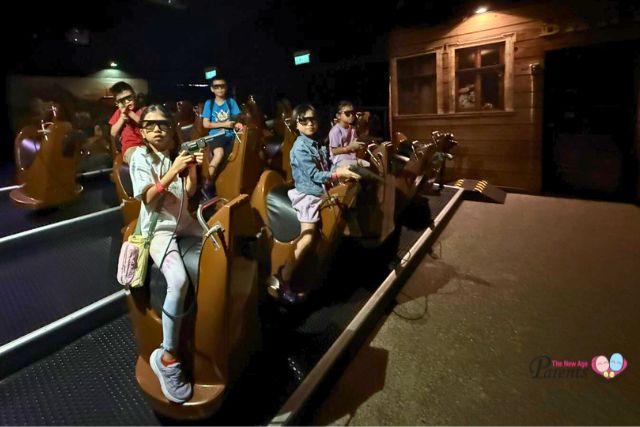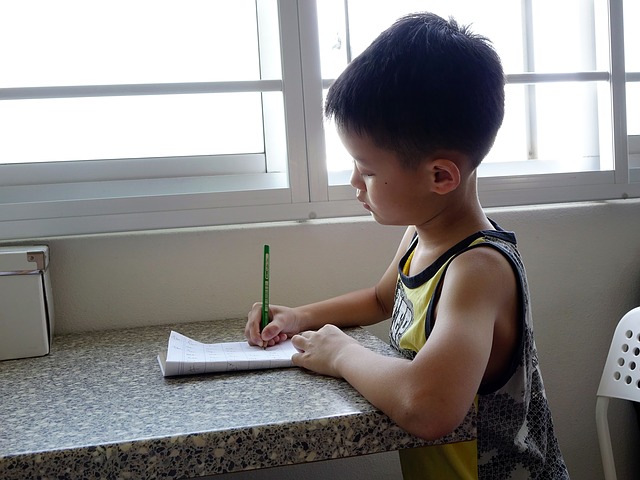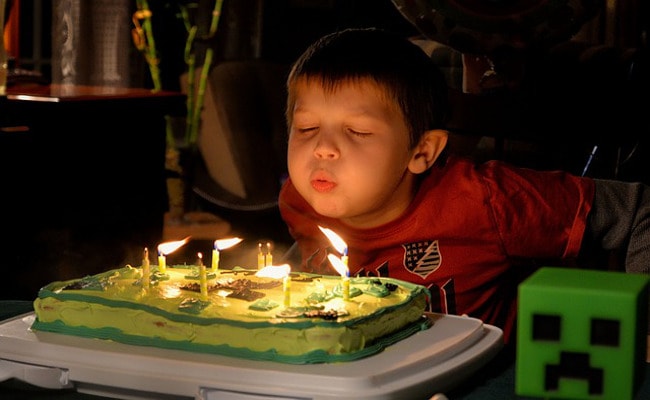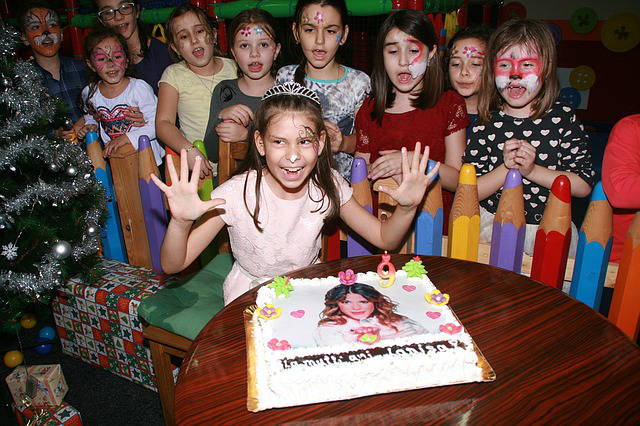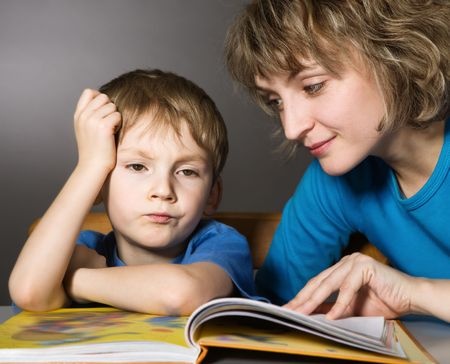Creative writing, with its open and imaginative nature, might require some getting used to for students who are used to compositions, which usually come with a fixed structure.
As creative writing becomes more integrated into the primary school curriculum, it is vital that students learn the craft and how to excel in it.
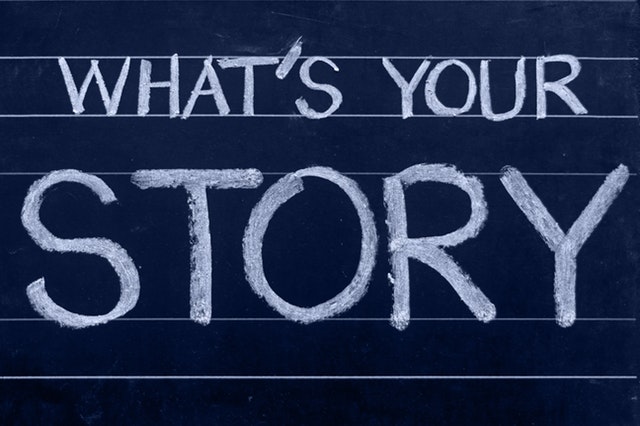
#1 Planning your outline is key
Attempting to creatively write the essay without prior planning would make it seem challenging, so do take some time to map your ideas before getting started.
Most creative writing pieces will involve some version of the seven plot points – the inciting incident, first plot point, first pinch, the midpoint, second pinch, second plot point and finally, the climax.
Here’s an example of how these come together in the Cinderella story:
- The inciting incident: The prince needing to find a bride
- The first plot point: The introduction of Cinderella
- The first pinch: When Cinderella’s sisters tear her gown
- The midpoint: The ball
- The second pinch: When Cinderella flees at midnight
- The second plot point: The prince looking for Cinderella
- The climax: When the prince finally finds Cinderella
#2 Start with a BANG
A good introduction will capture the reader’s attention and make them want to read further.
Onomatopoeia is the formation of a word based on how a sound sounds like in real life, and that could be one way to start. For example: Bang! Lily woke up with a start as the loud sound rang through her house.
Other ways to start essays include dialogue, proverbs, flashbacks, or even starting from the end.
Beginning with an ending involves a description of a present time and then a lead-in to the story, which can be something like “it all started like this” or “and then I was transported to the memory of….”
#3 Show, don’t tell
Using imagery will also capture the reader’s emotions.
“Telling” is merely describing the character’s actions down to minute detail.
An example would be, ‘John woke up, he walked to the toilet and started brushing his teeth. He looked at his clock and realised he was late’.
“Showing” involves describing the most important parts of the story with greater detail. For example:
‘As John brushed his teeth, still half-awake, he glanced at the clock and nearly had a heart attack. He was late!’.
#4 Insert more feeling words into your creative writing piece

Emotions are essential in making your audience feel for your character. Put yourself in your character’s shoes and try to describe it realistically. However, being too descriptive can also take the focus away from emotions.
For example, ‘Still trembling with anger, I clenched my fists, red-hot emotions surging through my veins’. Sometimes, less is more so try not to tell your audience how to feel. An alternative would be: ‘Still clenching my fists, I sank into the chair. Why, I asked. It was as if my blood was on fire’.
Creative writing will definitely be a challenge from the start but with constant writing and editing, it will come more naturally. Other ways include reading a greater variety of books and using some of the plots in the essays, or pursuing new experiences so as to have more things to write about.
Try to have fun and explore your creative side, and it will get easier over time.
This article is contributed by MindChamps Singapore.
* * * * *
Like what you see here? Get parenting tips and stories straight to your inbox! Join our mailing list here.
Running a service or business targeted for parents? Reach out to a wider audience in our English Enrichment Class For Kids compilation. Leave your contact details here and we will get in touch with you.




















